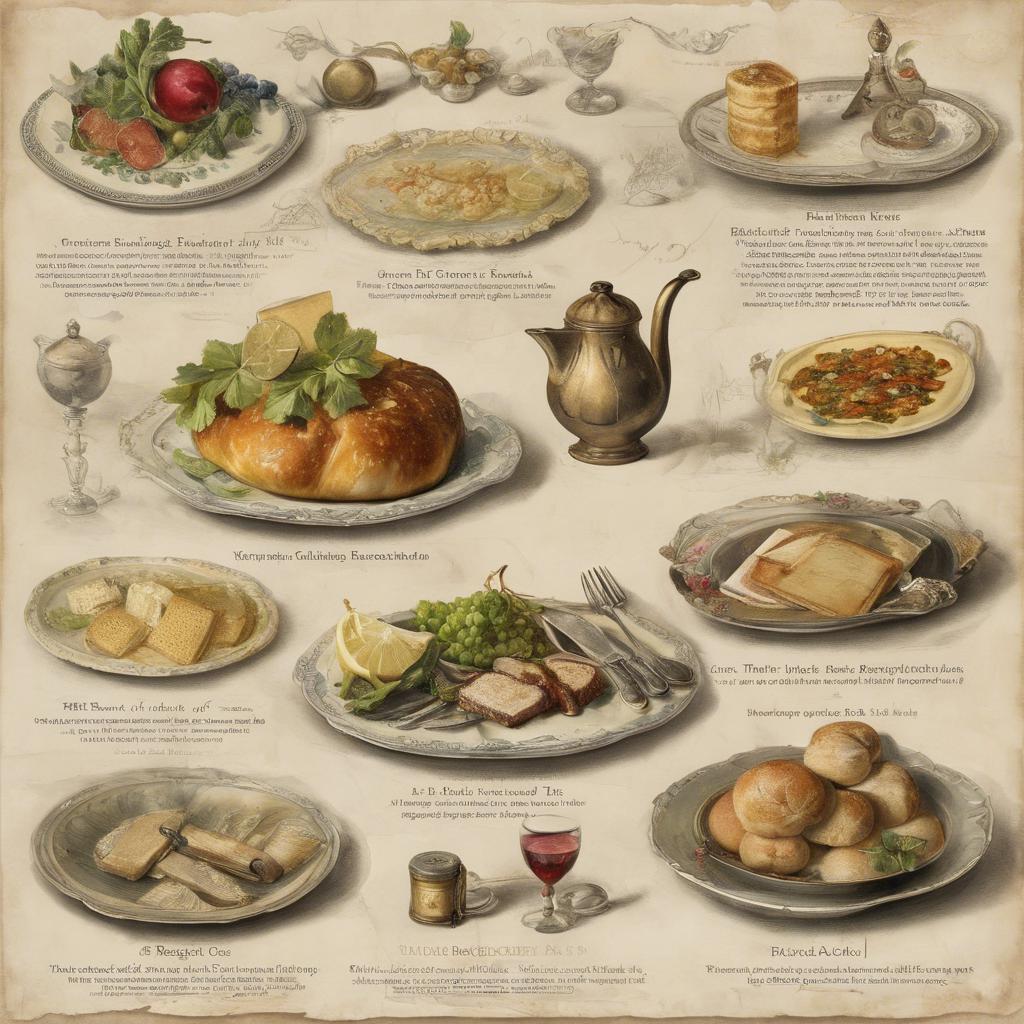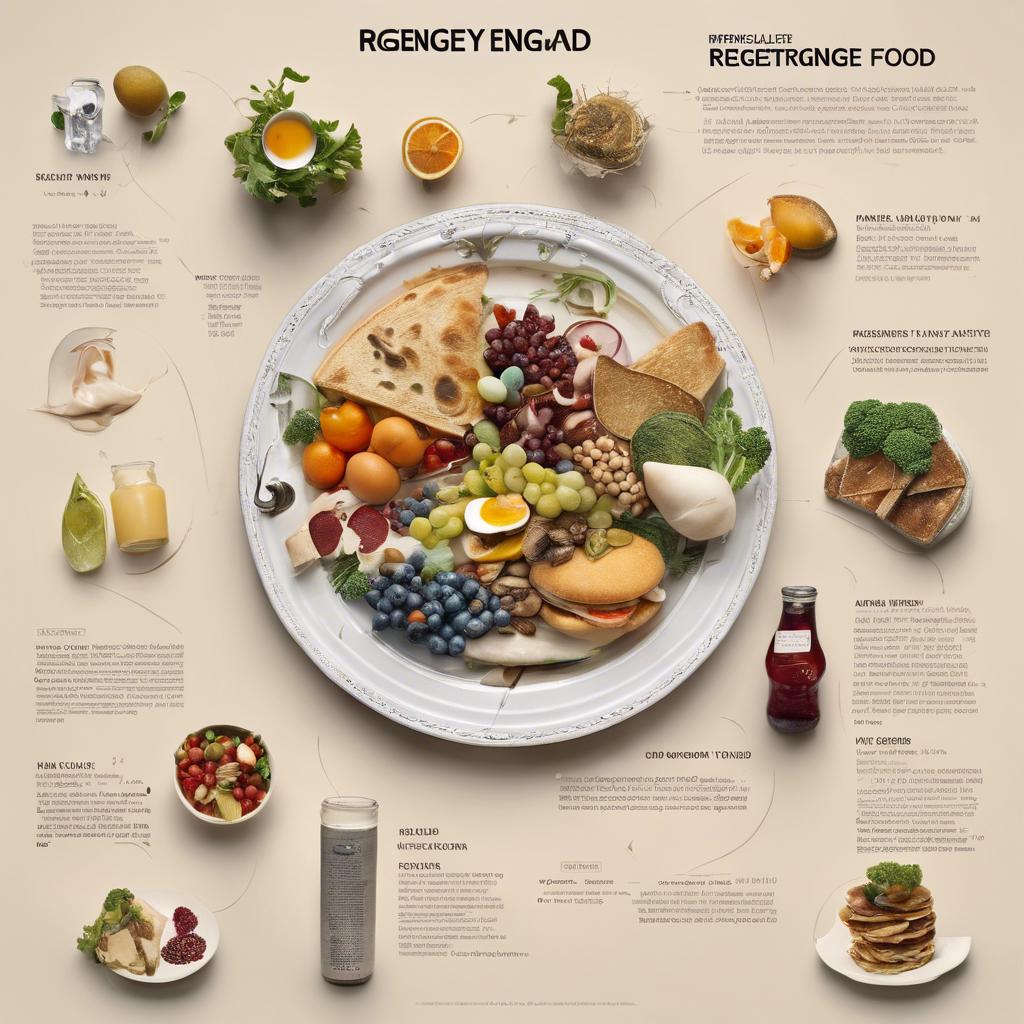In the refined world of Regency England, culinary traditions played a pivotal role in shaping societal norms and demonstrating one’s elevated status. With a focus on sophistication and extravagance, the cuisine of this era reflected the opulence and refinement of the upper classes. Join us on a gastronomic journey through the sumptuous dining experiences and exquisite flavors that defined the food of Regency England.
Step Into the World of Cheryl Bolen
Dive into the enchanting stories of love, intrigue, and elegance set in the Regency Era. Cheryl Bolen's novels offer timeless romance and captivating tales that will leave you wanting more.
Explore Cheryl Bolen's Books Now
Regency England Food: A Culinary Exploration of the Regency Era
In Regency England, food played a significant role in social gatherings and daily life. The cuisine of the era was characterized by a blend of traditional English dishes and influences from France and other European countries. Meals were often elaborate affairs, with multiple courses served in succession.
Some popular dishes during the Regency era included:
- Roast beef with Yorkshire pudding
- Beef Wellington
- Oysters
- Creamed spinach
- Trifle
- Jellies and blancmange
The Regency period also saw the rise of afternoon tea, a beloved tradition that remains popular to this day. This mid-afternoon meal typically consisted of tea served with sandwiches, scones, and pastries. The ritual of afternoon tea provided an opportunity for socializing and relaxation, making it a cherished part of Regency society.
In addition to the elegant meals enjoyed by the upper class, the lower classes in Regency England often made do with simpler fare. Common foods included porridge, bread, cheese, and ale. Despite the class divide in culinary offerings, food was a unifying force that brought people together regardless of social standing.
Indulgent Flavors and Ingredients of Regency England Cuisine
Transport yourself back to the elegant and indulgent flavors of Regency England cuisine, where lavish feasts and rich ingredients were the hallmark of the dining experience. From sumptuous roasts to decadent desserts, the Regency era was a time of extravagant gastronomy.
Indulgent Flavors:
- Rich gravies made from pan drippings and butter
- Exotic spices like cinnamon, nutmeg, and cloves
- Sweet treats such as syllabubs, trifles, and fruit tarts
Ingredients:
- Prime cuts of meat like beef, veal, and lamb
- Freshly caught seafood like oysters, lobsters, and salmon
- Local produce including wild mushrooms, asparagus, and artichokes
The Influence of French Cuisine on Regency England Dining
French cuisine had a significant influence on dining in Regency England, shaping the way meals were prepared and enjoyed during this period. French culinary techniques, ingredients, and flavors were adopted by the upper class in England, leading to a culinary revolution in the country.
One of the most notable impacts of French cuisine on Regency England dining was the introduction of elaborate multi-course meals. French dining etiquette, such as using different utensils for each course and serving dishes in a specific order, became fashionable among the English aristocracy. This sophisticated dining style added an air of elegance and refinement to social gatherings and banquets.
French dishes like coq au vin, boeuf bourguignon, and bouillabaisse became popular in Regency England, as the upper class embraced the flavors and cooking methods of French gastronomy. French sauces like hollandaise and béarnaise also made their way into English kitchens, adding richness and complexity to traditional British dishes.
Tips for Recreating Authentic Regency England Recipes at Home
When recreating authentic Regency England recipes at home, it is important to pay attention to the ingredients used during that time period. Many recipes from this era utilize ingredients such as suet, currants, nutmeg, and lemon zest to create unique and flavorful dishes. To achieve an authentic taste, try to source these ingredients from specialty stores or online retailers that cater to historical recipes.
Another key aspect of Regency England cooking is the use of traditional cooking methods. Recipes often call for techniques such as boiling, roasting, and stewing to create hearty and satisfying meals. To truly immerse yourself in the culinary traditions of the era, consider investing in a cast iron pot or a spit roaster to replicate the cooking style of the time.
Lastly, presentation is an important factor when serving Regency England inspired dishes. To add an extra touch of authenticity to your meal, consider using antique dishware or table settings to create a truly immersive dining experience. By paying attention to ingredients, cooking methods, and presentation, you can recreate the flavors and atmosphere of Regency England in your own home.
In Summary
the culinary landscape of Regency England was a reflection of the social and economic hierarchies of the time. From luxurious banquets served in the grandest of estates to simple meals eaten by the working class, food played a pivotal role in defining one’s place in society. The gastronomic delights of this period continue to captivate us today, reminding us of the intricate relationship between food and culture. As we savor the flavors of Regency England, let us also reflect on the traditions and customs that have shaped our modern culinary practices. Let us cherish the legacy of this golden era of gastronomy, and continue to explore the rich tapestry of flavors that history has to offer.


